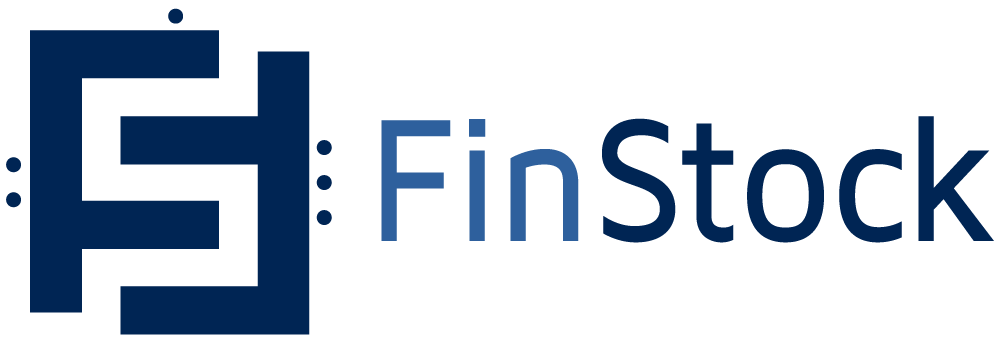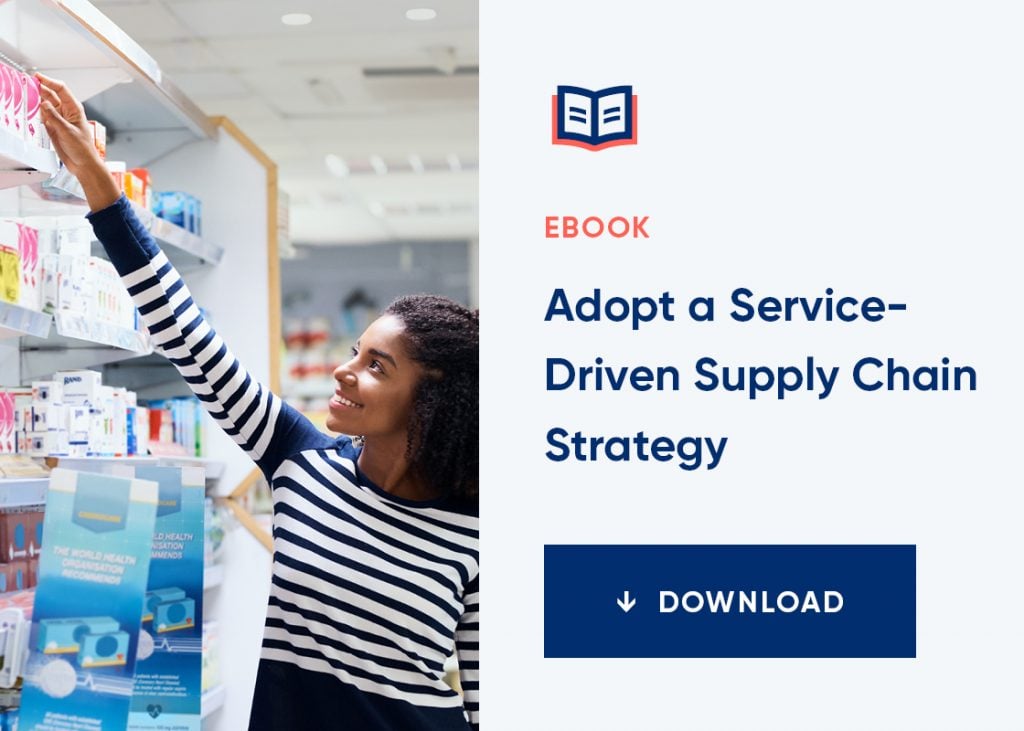To adapt an old saying, the idea that great service should be a top supply chain priority is as universally accepted as motherhood and the dominance of the ‘92 Dream Team. In fact, it’s one of the few things people wouldn’t disagree on these days.
Despite this, however, there is surprisingly little consensus on the definition of ‘service level’ among those who work in supply chain and the customers their businesses serve. This dawned on me after having several conversations with supply chain planners about how they measure service levels. Most use ‘forecast accuracy’ as the main KPI to do this. However, as I’m about to explain, this is as irrational as the man who loses his keys in the house but searches for them underneath a streetlamp, simply because that’s where the light is shining brightest.
Since ToolsGroup was founded back in 1993, “service-level planning” has been so ingrained in our DNA I’ve been guilty of assuming that this concept is common knowledge. So let’s get back to basics.
First, we need to establish: what’s the whole point of supply chains? To service demand! Therefore it follows logically that filling orders–or order line fill rate (OLFR)–should be the number one KPI that tells you whether you’re meeting service levels. After all, customers only care about whether they’ve received their orders, not whether your demand forecast is accurate.
But…but…you might protest, isn’t an accurate forecast an indicator of our ability to fill orders? And herein lies the misunderstanding. Forecast accuracy looks good on an executive dashboard, but it doesn’t tell you anything about your OLFR. The reason?
Forecast accuracy, as measured by most planning tools, only relates to aggregate demand, not the ability to fill individual orders.
Look at this way: 10 orders in a month for a single LED bulb to be shipped to 10 different parts of the country on different days requires a totally different plan than one order of 10 bulbs to be sent to a single location.
Working in the area of wholesale distribution, I can share a less hypothetical example of what I mean. If you go to a certain industrial distributor’s website, you immediately see messaging that service is the highest priority. This company holds 900,000 SKUs in stock ready to ship, and promises to send 99% of orders on the same day. Indeed, the distributor strives to achieve this, but unfortunately it was falling short.
As we explored the problem further, we discovered how the planners and warehouse workers arrive at the 99% service level. As long as there’s just one of each item in the warehouse, 100% of its products are ‘available’, but it only takes one order of 10 LED bulbs to throw out that particular system. That’s why when we did a proof-of-concept based on order lines that could be fulfilled, the service level fill rate dropped down closer to 91%.
Electronics distributors make great service level case studies because, like so many manufacturers today, they have a high proportion (some up to 80%) of ‘long-tail’ slow moving items with lumpy demand. In that scenario, the concept of forecast accuracy is all but meaningless. You can’t use an intermittent demand signal to plan inventory. So if these companies use forecast accuracy as their KPI to measure service level, they’re setting themselves up to fail.
The good news is that there are alternatives to planning tools and spreadsheets that forecast on simple demand aggregates. Look for systems that employ advanced algorithms and/or machine learning and probabilistic (aka ‘stochastic’) forecasting techniques. For a great primer on this topic, check out this post.
Probabilistic forecasting systems analyze data at a granular level so you not only forecast the aggregate demand, but also your capacity to fill actual orders on time to various Ship-To locations. Better still, in the same way that a Nest thermostat works, you can actually set your planning system to optimise against a desired service level; and also set different service levels for different items. This is what’s known as ‘Service-Level Planning’.
Our customer TireHub–a joint venture between competitors Goodyear and Bridgestone–came to us with myriad planning challenges including high SKU proliferation; products that are easily replaceable; and a high and growing number of retail outlets (Ship-To locations). The unlikely partners joined forces out of necessity under a common goal to better service demand. As Ashok Vantipalli, TireHub’s vice president of technology, summarized in an interview with Steve Banker in Forbes:
“We need to do three things,” Mr. Vantipalli explained. “We need to connect demand to supply in real time. We need to make sure the right product was in the right place at the right location. Then when we get the order, we need to deliver on time.”
TireHub’s challenge exemplifies the shortcomings of aggregate forecasting systems. Such a system would look at a sales history for a specific SKU of 12 tires per year and identify average demand as one tire per month and propose keeping one tire in stock. But in reality customers tend to replace two, or all four tires at once. A probabilistic system analyzes the probability of each order quantity, frequency and Ship-To location so you set the right inventory levels to fill those orders.
Our project to help TireHub improve its service-level planning went live in the beginning of this year and we’re delighted to report that in March 2020 the company was honored as ‘Supply Chain Start-Up of the Year’ at the annual Atlanta Supply Chain Awards (ASCA). According to its own press release:
“Since TireHub formed in July 2018, the organization has created systems, technologies and partnerships to ensure the right tire is in stock and delivered at the right time to meet the needs of the customer and the end consumer. Customers can access a virtual inventory 24/7 through the TireHub portal, and the TireHub team continues to focus on frequent and reliable deliveries, up to four times a day within a 20-mile radius of its TireHub Logistics Centers.”
Concepts like probabilistic forecasting are a mouthful and can sound daunting. Fortunately, you don’t need to understand the mechanics of how it works any more than you need to understand how your Nest thermostat keeps your room at 68 degrees. I’m certainly no mathematician or statistician!
Hopefully, this has persuaded you to consider replacing forecast accuracy with OLFR as the number one KPI for determining whether you’re achieving your target service levels.
On a final note, setting excessive inventory levels to drive OLFR is not the answer. It’s all about optimizing. That’s why in my next post, I’ll delve deeper into how we can achieve high OLFR as efficiently as possible-minimizing inventory levels, logistics resources and waste. This is an increasingly complex subject area, as the impact of COVID-19 has caused many to rethink the idea of lean supply chains.
Further reading:
https://www.toolsgroup.com/blog/probabilistic-forecasting/
https://www.toolsgroup.com/blog/iprobabilistic-forecasting-inventory-optimization/
The source of this article is from ToolsGroup
By Rob Garrett


